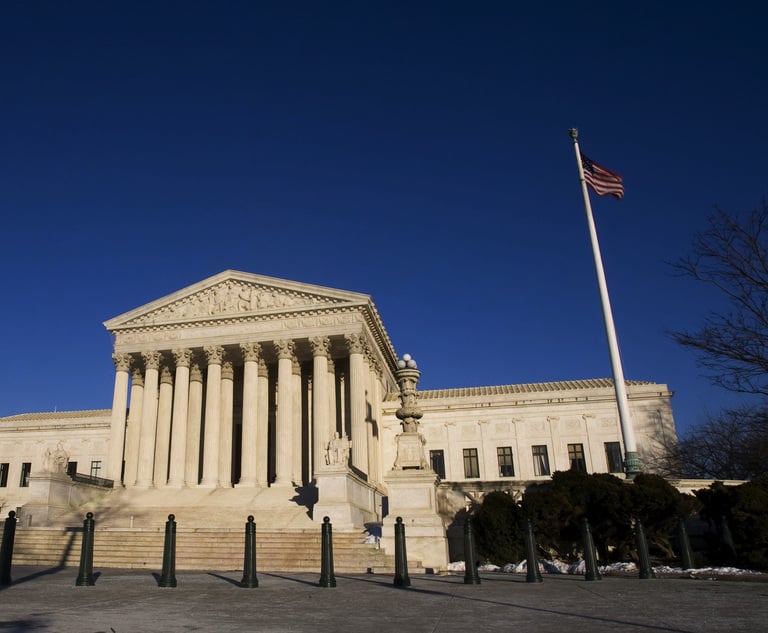In May 2022, Connecticut set important goals to “decarbonize the grid” and reduce greenhouse gas emissions but those goals (and their implementation) are not urgent enough. The recent energy and climate related provisions of the Inflation Reduction Act (IRA) provide a generational opportunity to leapfrog ahead of the schedule thought possible only a year ago using a broad array of incentives to aggressively accelerate GHG reductions, clean power and energy efficiency. Goals set by the governor and General Assembly, laudable at the time, should now be revisited to strike while the iron is hot and maximize the IRA benefits.
Public Act 22-5 sets statutory goals to reduce GHG emissions to at least 45 percent below 2001 levels by 2030 and 80 percent below 2001 levels by 2050. The act also requires that all electricity supplied to Connecticut customers to be from zero carbon emission sources (i.e., renewable and nuclear power) by 2040. These were ambitious goals at the time and widely applauded by clean power and climate change stakeholders. However, the goals were calibrated based on the existing array of incentives (as well as technical challenges) and did not take into account the significant IRA opportunities.
This content has been archived. It is available through our partners, LexisNexis® and Bloomberg Law.
To view this content, please continue to their sites.
Not a Lexis Subscriber?
Subscribe Now
Not a Bloomberg Law Subscriber?
Subscribe Now
LexisNexis® and Bloomberg Law are third party online distributors of the broad collection of current and archived versions of ALM's legal news publications. LexisNexis® and Bloomberg Law customers are able to access and use ALM's content, including content from the National Law Journal, The American Lawyer, Legaltech News, The New York Law Journal, and Corporate Counsel, as well as other sources of legal information.
For questions call 1-877-256-2472 or contact us at [email protected]


 Connecticut State Capitol building in Hartford, CT. Photo: Michael Marciano/ALM
Connecticut State Capitol building in Hartford, CT. Photo: Michael Marciano/ALM




